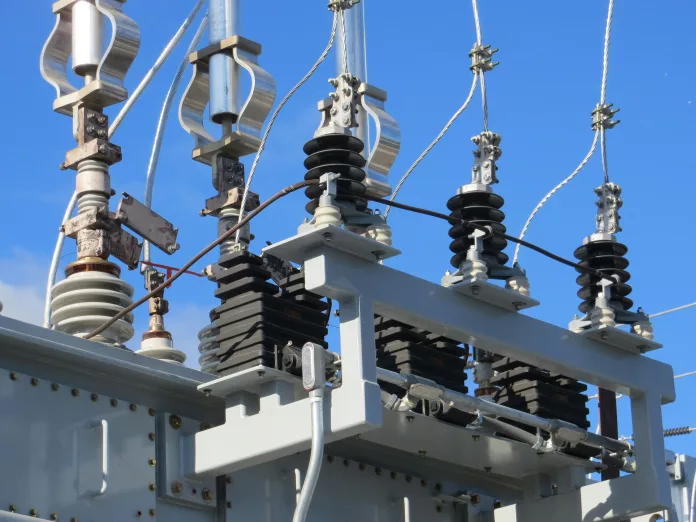With the rapid evolution of technology and growing energy demands, the United States is at a pivotal point in redefining how power is generated, distributed, and utilized. The U.S. Department of Energy (DOE) is spearheading a vision that promises to cater to this burgeoning necessity without compromising on environmental sustainability or reliability, as disclosed in their comprehensive report on the Future of Resource Adequacy.
Ramping Up Clean Energy and Robust Infrastructure
In response to a decade marked by stagnant growth in electricity demand, there’s now an observable surge, anticipated to further quicken in the upcoming years. This increase is fueled by burgeoning sectors such as data centers and a renewed vigor in manufacturing for products like semiconductors and batteries, as well as the rising adoption of electric vehicles. Under the banner of President Biden’s Investing in America agenda, the DOE emphasizes the dual goals of sparking economic growth while addressing the climate challenge through a major power grid refurbishment.
Innovations in Meeting Energy Demand
Amidst the retirement of aging fossil fuel facilities and the escalating necessity for electricity, there exists a plethora of avenues for utilities to satisfy the upswing in demand. Options laid out by the DOE include erecting fresh, clean power generation and storage systems, such as geothermal set-ups and innovative renewable hybrids. Another strategy involves maximizing the potential of existing infrastructure through technologies like advanced conductors that enhance the transmission grid.
Moreover, the DOE underscores the potential found on the demand-side of the equation. Energy efficiency measures, demand response strategies, and the embrace of virtual power plants represent significant untapped resources that can substantially reshape how energy demand is managed.
Sustainable Solutions Backed by Substantial Incentives
Supporting this bright and sustainable energy future are the provisions of President Biden’s Investing in America agenda. It’s a portfolio designed to arm utilities, grid operators, and planners with robust incentives and resources. Such support includes tax incentives for a spectrum of electricity technologies spanning from energy storage to hydropower.
Initiatives such as the DOE’s Grid Resilience and Innovation Partnership programs and the Energy Infrastructure Reinvestment loan program serve as critical catalysts to expand and ameliorate the nation’s power transmission architecture. Furthermore, consumer incentives are geared towards hastening the integration of efficiency technologies and distributed energy systems, like those involving rooftop solar and innovative battery storage solutions that include bidirectional EV chargers.
Comprehensive assistance through the infrastructure law also stands ready to aid State, Tribal, territory, and industry players, smoothing the path for renewable energy integration and modern technology adoptions, a significant aspect often hindered by existing barriers.
Secretary Jennifer M. Granholm encapsulates the DOE’s mission, recognizing the undeniable growth forecast in electricity demand deftly balanced with the positive outcomes of superior efficiency, lower costs, and enhanced public health through the electrification momentum. This report clearly delineates how the Investing in America agenda strategically equips the power sector to deliver consistent, clean, and cost-effective energy solutions in the face of expanding demand and a paradigm shift in the energy landscape.

























